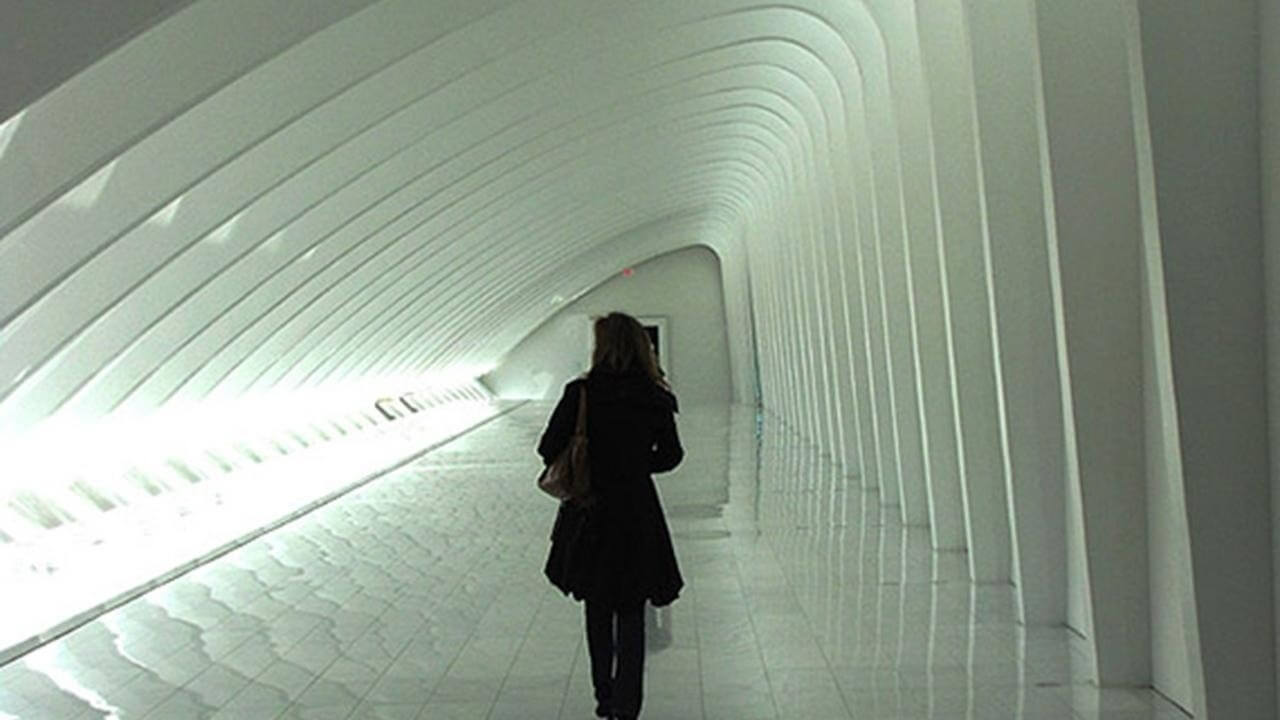Often in architectural design (and as with any business) there is a wide variety of modeling, testing, and planning to ensure that the final project (or product) will make its way into the real world with great success. As architects, I know that there are a wide variety of things we do to help us visualize our built environments for clients — where we pull from our own internal talents and resources, combine them with the latest know-how and efforts of our design team and consultants, and then proceed to get them accepted by all kinds of review boards, committees and so on. But — have you ever done a quality control design test of your building after it’s built? If so, how do you do it? And what do you do with the results?
Do you ever ask yourself — How much testing and surveying do we really do as architects once our building is built? What do we do after it is constructed? Do we merely check in on it in a general manner and use it for marketing opportunities?… Or, do we examine what our design team has created?
I say all of this because I think it is important to have a relationship and connection with your designed buildings after they are built. Wouldn’t it be nice to be a “fly on a wall” so you could get a sneak peak at exactly how your building occupants use your spaces, interact with them, behave within them and so on?
Why Running a Design Test Is so Important, And How You Can Start to Do It
Of course, if something about your building really fails, I am pretty sure you hear about it in no time flat. However, there are ways for you take the time to really observe the nuances to what you have built for your occupants. For instance, it is important to really listen and watch the way the people within your buildings use your designs. You will immediately begin to see the things that work and the things that do not, but even more amazingly your design test observations will lead to realizations and then into insights which I think will enter into your design process and emerge as even more creative solutions during your next architectural project. Thus, a main benefit to studying the nuance to your buildings in use after they are built, is to give you an awareness of your own design decisions and process. In the end, you’ll design better buildings both with greater quality and in less time.
One way, and a very easy way, to start to begin to understand your design (in an almost undercover way) is to talk with people that are inhabiting your buildings, whether they occupy them daily or after their one-time visit, their point of view about their experience can really serve as a wake-up-call to you. They key is to talk with people that you would not normally talk with as the “architect”. Ask somebody in your building that uses a particular feature to execute their work for instance. Ask how they like. Ask a few questions to get them talking and before you know it they could be giving you invaluable information about your design abilities. They may say “you know, I love this about it — but this part is really uncomfortable”.
It is a moment like that, that can turn into a golden opportunity. But with such an insight, yes you do see a problem (and that is unfortunate), but then you have many options to either fix it, take note of it, or even tell the person using it that they are using it wrong or even suggest a workaround. But, your observation does not end there…
Be sure to make a mental note of what they said because this design oversight, conflict or even miscalculation will help you see a constraint which might be holding all of your designs back. And trust me, once you have heard a revelation like this, you as an architect and designer will grow — having what I like to call architectural empathy.
In other words, you will be better able to put yourself into your occupants shoes — yes, helping you to design better projects in the future, but also increasing your relationship with your clients early in the design process.
Thus, I encourage you to think about studying your buildings, not only before the project is built, but well after it has been built. Remember that you should not leave your building completely once it has been “finished”; for, your building will remain standing for a long time and I think there is much that can be learned from it — not only by others, but also by you.
Image Credit: © o palsson | Flickr


